Newsletter Archive Apr. 1, 2022
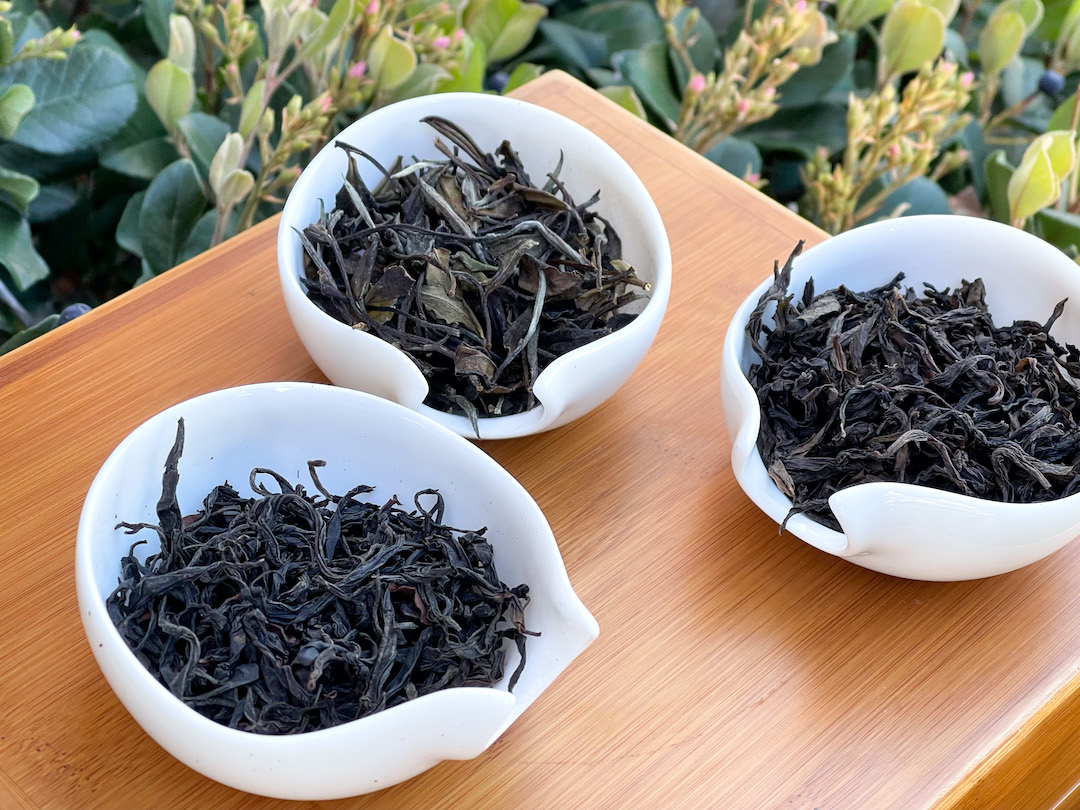
This weekend we’re featuring three teas from three unusual tea bush cultivars: one new, one old, and one downright prehistoric. That’s Huang Guanyin wulong tea, Tieguanyin Baicha white tea, and Laoshu Dianhong black tea. In the span of these three teas, you’re in for a tour through humanity’s long history with the tea plant.
It was probably about 4000 years ago when the Camellia plant got the attention of some adept prehistoric farmers. Over the next few millennia, the bush spread throughout much of the lands that made up feudal China. The tea plant, enthusiastically heterogeneous, found homes in different fields and also different dynasties, languages, and customs, all the while adapting to the demands of the moment.
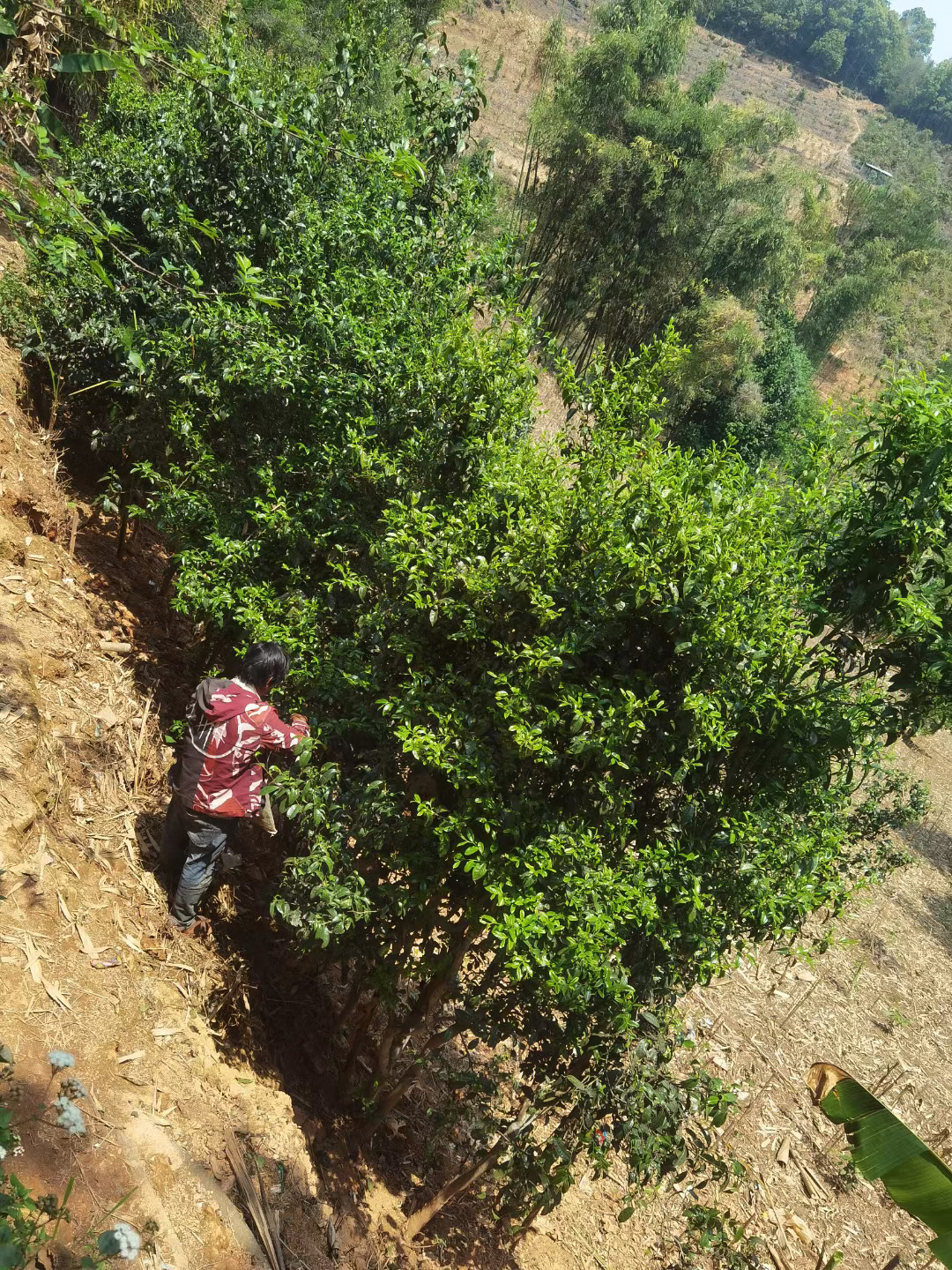
In the case of Laoshu Dianhong, the trees harvested to make it go so far back in tea’s genetic line that it’s debatable whether you can still consider this tea, “tea.” Laoshu Dianhong is made entirely from Camellia taliensis, a plant classified today as a wholly separate species from the common tea bush, Camellia sinensis. That makes them something like cousins, perhaps descendants from a common ancestor. Taliensis trees are still notoriously hard to cultivate, and to this day grow largely untended in the subtropical forests of Yunnan.
These two species are close enough in leaf chemistry for you to recognize Laoshu Dianhong as a black tea, but just different enough for taliensis leaves to surprise you with some weird and wondrous tropical fruit aromas that feel like they are from another planet.
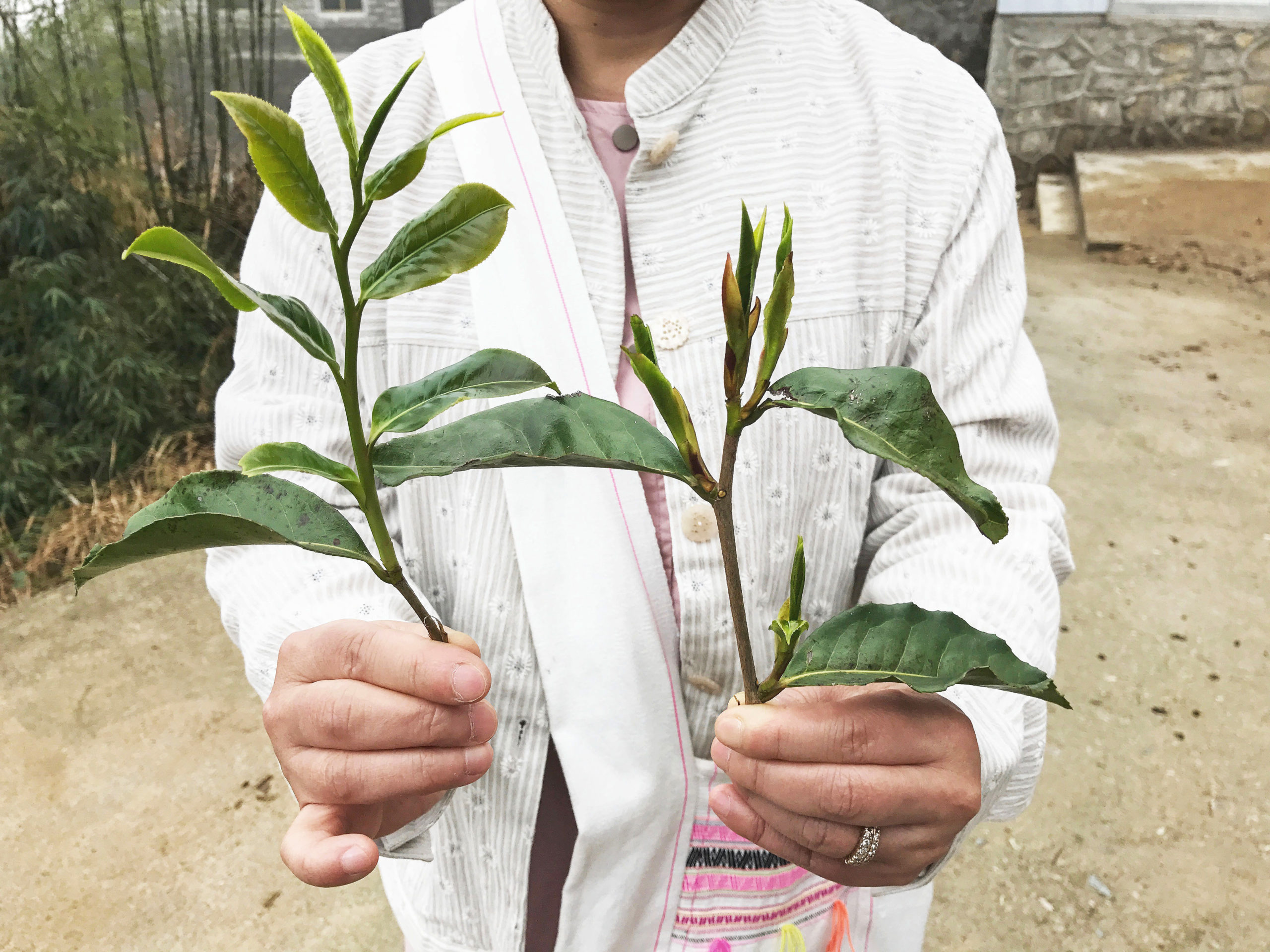
The more familiar Camellia sinensis, however, proved highly adaptable and its domestication brings us the tea crop widely planted throughout China. Among the many cultivars developed in this long history is the Tieguanyin bush. This is a tea bush with a history of nearly three hundred years, selected from the long-embedded landrace tea plants of southern Fujian.
Tieguanyin is a traditional tea cultivar that has lived on through generations of tea makers in a kind of symbiosis – the tea makers’ craft has adapted to the qualities of the plant as much as the plant has adapted to suit their soil, their methods of agriculture, and tastes for tea. Although most famous as a wulong tea, we’re putting the spotlight on Tieguanyin Baicha, a white tea whose richness shows stark contrast to the dominant modern cultivars used in white tea elsewhere.
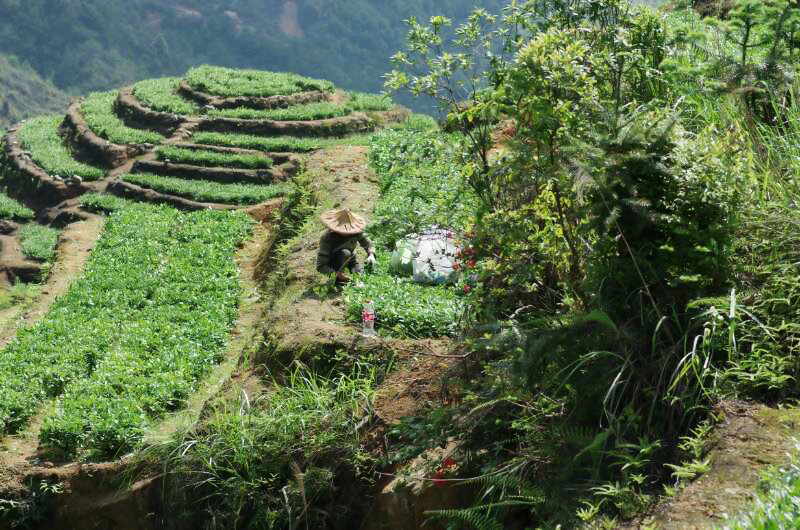
Finally, there is modern tea husbandry, the latest chapter in our relationship with the plant. Huang Guanyin is a fine representative of the new era, a cultivar painstakingly developed by over 20 years of selective breeding. Its parents are actually the Tieguanyin cultivar as well as Huang Dan, another high-fragrance cultivar. Huang Guanyin was developed for use across all types of tea, but no one has welcomed it more enthusiastically than the wulong tea producers of Wuyishan. Most locals there just refer to it as “105,” the number assigned to the cultivar by its crop scientists at the Fujian Agricultural Institute.
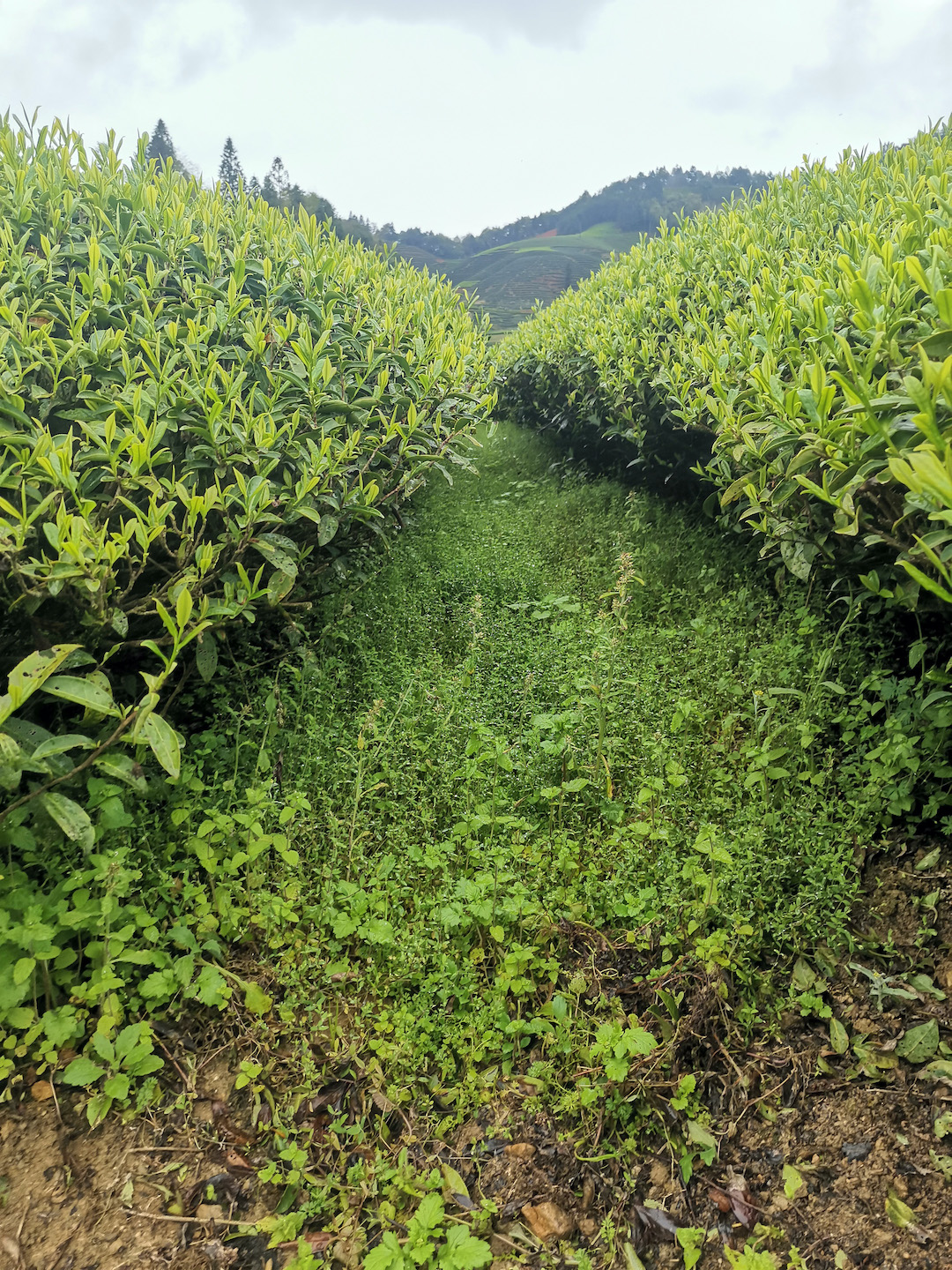
In the hands of a skilled tea producer, Huang Guanyin’s flat, rounded leaves can ignite the air like a bolt of lightning, their fragrance piercing and complex. Zhou Yousheng used Huang Guanyin to win the grand prize in the Zhang Tianfu cup tea competition in 2020. His 2021 production (featured in this weekend’s sale) makes the most of both this aromatic cultivar and traditional rock wulong processing, delivering uncommon florals and soft incense wood.
Knowing where a tea cultivar came from is one thing – actually tasting them is another, and we think the two enrich each other. We hope you’ll take the opportunity to taste and enjoy.
Spring Tea Update
Unfortunately, ongoing Covid-19 controls in China are continuing to delay this year’s delivery of tea. Restrictions are slowly being lifted in some major hubs, however. That includes Hong Kong, which just resumed taking flights from all origins on April 1st. This is a positive sign, but it looks like 2022’s delays will continue a bit longer as a backlog of exports are working through the system.
On the positive side, many growing regions have reported a mild start to spring with consistent tea quality expectations. We also haven’t yet heard reports of the lockdowns interfering with the ability of seasonal tea workers to get to the tea regions during early harvest. This is especially critical right now, as many tea regions are in the midst of producing their most valuable crop of the year.
